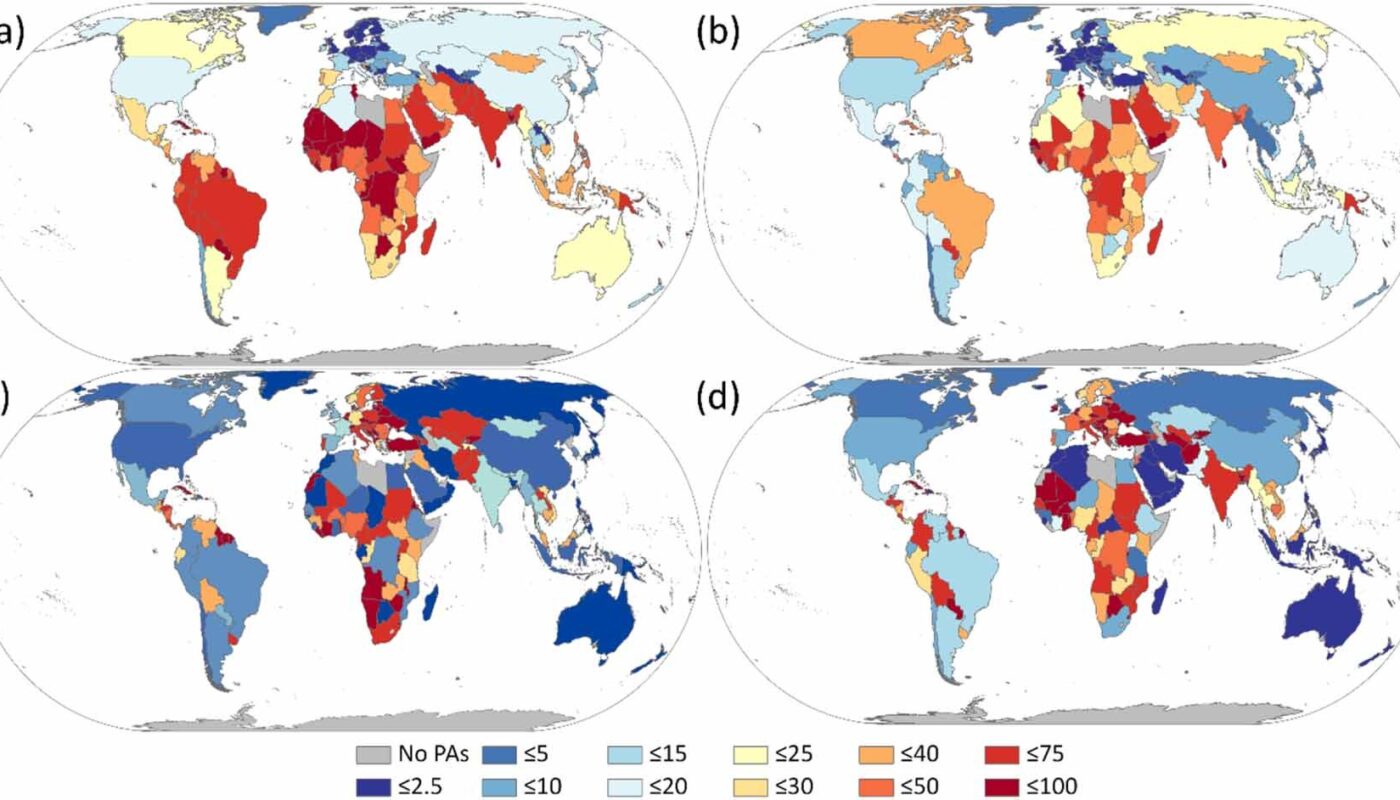Researchers from Northumbria University and the Swedish University of Agricultural Sciences have collaborated to create a map of land use changes in Britain throughout the last century. This map provides insight into the loss of semi-natural grasslands, including 90 percent of lowland meadows and pasture, as the nation increased its agricultural activities.
The research team used this map to study the effects of land use change and climate change on the flora and fauna of Britain. By analyzing a large citizen science dataset containing over 20 million distribution records for 1,192 species, they determined the frequency of interactions between these factors and how they could contribute to the reduction of species’ geographic ranges.
The findings revealed that interactions between land use change and climate change were relatively rare, affecting less than 20 percent of species. When these interactions did occur, their combined impact on extinction risk was often weak. Overall, the research indicated that 16 percent of species were negatively affected by climate warming, land conversion, or both, leading to a higher likelihood of disappearance in areas experiencing these changes.
The researchers also observed that species’ responses to environmental changes were highly individualistic, making it difficult to generalize across taxonomic groups such as plants, birds, butterflies, and moths. They emphasized the importance of including species-specific information when addressing climate change impacts and the threat of extinction.
Dr. Andrew Suggitt, an ecologist from the Department of Geography and Environmental Sciences at Northumbria University and co-lead of the research, commented on the significance of the study: “We’ve known for a while that land use change and climate change are the primary drivers of biodiversity loss. However, until now, we have lacked digital maps of land use that cover the substantial changes associated with the intensification of agriculture in the mid-20th century. Our map allowed us to examine the interactions between these factors during this crucial period.”
Dr. Alistair Auffret, an ecologist at the Swedish University of Agricultural Sciences and co-lead of the research, highlighted the importance of conserving and restoring natural and semi-natural habitats. He expressed concern over the extensive loss of semi-natural pastures and meadows in Britain during the 20th century and stressed the need to prioritize their preservation to reduce the loss of specialist species.
The research findings provide valuable insights into the relationship between land use change, climate change, and biodiversity loss. The researchers hope that policymakers will use this information to develop targeted strategies for climate change adaptation and biodiversity conservation.
Note:
- Source: Coherent Market Insights, Public sources, Desk research
- We have leveraged AI tools to mine information and compile it



